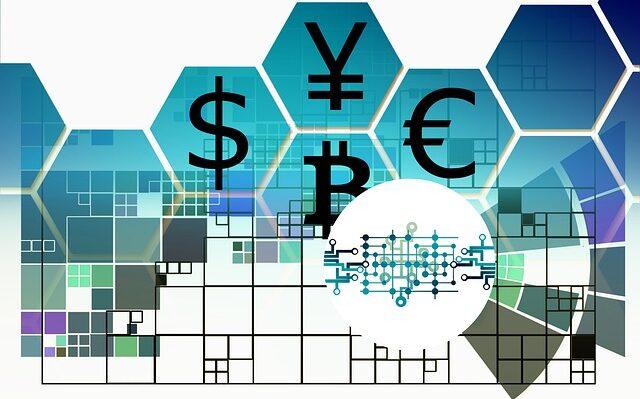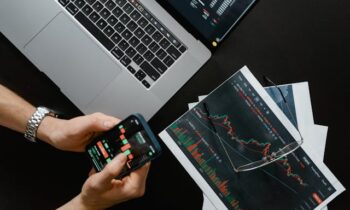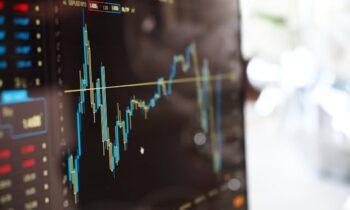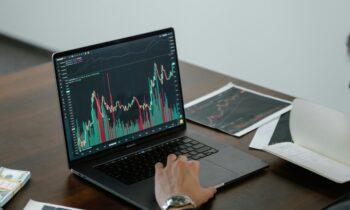
The USD/JPY was the star of the forex markets on Friday, closing 1.00% higher at 117.29, a five-year high.
After hitting a five-year high on February 6th, there has been some tail off for the USD/JPY. However, a strong week of gains was capped off by Friday’s surge, which saw the USD/JPY once again hit its highest level for half a decade.
Marc Chandler, the chief market strategist at Bannockburn Global Forex, said:
“The dollar is at five-year highs today against the yen. That’s not what you would expect in a risk-off environment. That’s a testament to the dollar’s strength.”
I think there might be a buy the rumor, sell the fact on the Fed. That’s typical for the dollar to go up ahead of the rate hike and sell off afterward.”
Two Key Central Bank Meetings Ahead
Investors appear to be factoring in the possible outcomes from the two central bank meetings next. Both the Federal Reserve’s Monetary Policy Meeting (Wednesday) and the Bank of Japan’s Monetary Policy Meeting (Friday) are keenly anticipated.
The Bank of Japan is forecast to cut its forecasts for economic growth. Investors are also expecting a dovish message to be delivered.
Meanwhile, many market analysts are expecting the Federal Reserve to follow in the footsteps of the ECB by iterating the inflationary risks of the Russia / Ukraine conflict in Ukraine and the impact on economic growth. It is also widely expected that the Fed will enact a 25bps interest rate increase.
Although, the Fed’s rate hike is expected and what many are already saying is a ‘done deal’, investors will be keen to see what the central bank of the world’s largest economy has to say about inflation and the economy, and the impact of the Ukraine conflict is having on soaring fuel prices. Investors will, of course, be looking for the Fed for any projections for future interest rate rises.
Mark Cabana, head of U.S. short rates strategy at Bank of America said of Fed Chair Jerome Powell:
“His guidance is probably not going to be all that different from what he had to say in the [congressional] testimony. Basically, downside risks to the growth outlook have increased, upside risks to inflation have risen,”



